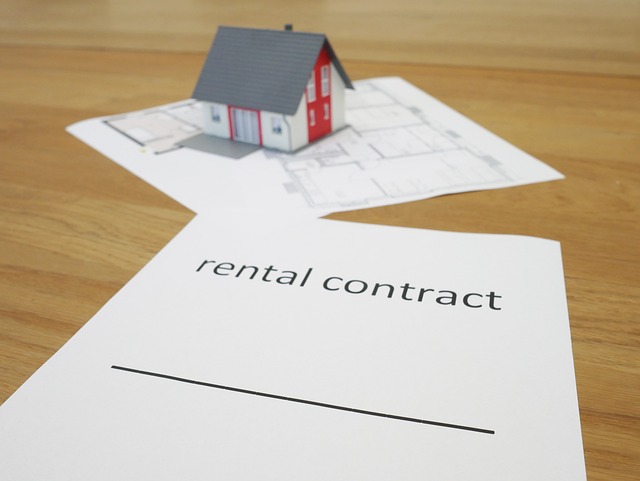Prefab Homes: Accessible Living for Seniors and Families
Prefabricated homes have transformed modern housing by combining quality, speed, and flexibility. Ideal for downsizing seniors or budget-conscious families, prefab houses offer customizable layouts, energy-efficient upgrades, and cost-saving construction methods. Discover how prefab living can deliver comfortable, accessible, and sustainable homes tailored to diverse needs.

Prefabricated housing has emerged as a practical, modern alternative to traditional site-built homes. Factory-built dwellings offer predictable timelines, controlled construction quality, and flexible design choices that appeal to both seniors seeking accessible living and families looking for affordable, attractive homes. This article explores the main benefits, styles, costs, sustainability features, and selection tips to help you decide if a prefab home fits your needs.
Benefits of prefab housing for seniors
Prefab homes are particularly well suited for older adults who prioritize safety, mobility, and low-maintenance living. Many manufacturers provide single-story bungalow plans that eliminate stairs, reducing fall risk and simplifying daily routines. Customizable features tailored to aging-in-place include wider doorways and hallways for easier wheelchair or walker access, zero-threshold entries that avoid tripping hazards, lowered countertops, and strategically placed grab bars.
Because much of the construction happens in a factory, components are built with consistent quality control, which can translate into fewer repairs and less ongoing upkeep. Many prefab models also allow for open floor plans and abundant natural light, making navigation easier and creating an inviting, comfortable environment. For seniors who want to downsize without sacrificing dignity or independence, prefabricated options provide both affordability and adaptability.
Contemporary prefab styles and customization
The current prefab market spans a broad spectrum of architectural aesthetics. Buyers can choose from sleek modern designs with clean lines and large windows, to traditional bungalow or cottage styles that blend with established neighborhoods. Manufacturers typically offer a range of floor plans and finish packages, so buyers can select the number of bedrooms, bathroom layouts, and interior materials that suit their lifestyle.
Customization extends beyond cosmetic choices. Options such as built-in storage, flexible room layouts, and multi-generational floor plans allow families to adapt the home as their needs change. Compact units are available for those seeking a simple, accessible footprint, while larger models accommodate families who want multiple bedrooms and communal living spaces. Many firms also support modular additions, enabling future expansion without the complexity of conventional construction.
Cost considerations and market overview
Prefabricated homes can be more cost-effective than stick-built houses, largely due to reduced labor time and minimized on-site waste. Costs vary based on size, finishes, and location, but the following table provides a general range of expected pricing.
| Home Type | Average Size (sq ft) | Estimated Cost Range |
|---|---|---|
| Basic Bungalow | 800–1,200 | $80,000–$160,000 |
| Mid-Range Prefab | 1,200–2,000 | $150,000–$250,000 |
| Luxury Prefab | 2,000+ | $250,000–$400,000+ |
Prices, rates, or cost estimates mentioned in this article are based on the latest available information but may change over time. Independent research is advised before making financial decisions.
Beyond the sticker price, factor in site preparation, foundation costs, permits, utility hookups, and delivery or crane fees. Financing can differ from conventional mortgages; some buyers use specialized construction-to-permanent loans or personal financing depending on local lender offerings. It’s also worth comparing long-term operating costs, since energy-efficient builds and low-maintenance materials can reduce monthly expenses.
Sustainable features and energy efficiency
A key advantage of modern prefab construction is its potential for sustainability. Factory production allows for precise material use, reducing waste and improving construction consistency. Many manufacturers now offer energy-saving packages, such as high-performance insulation, triple-glazed windows, and tight air-sealing standards that lower heating and cooling demands.
Renewable energy integration, like rooftop solar panels and battery storage, is increasingly common as either standard or optional equipment. Smart-home systems for temperature control, lighting, and energy monitoring further enhance efficiency and convenience. These eco-friendly upgrades not only reduce a home’s environmental footprint but can also produce measurable savings on utility bills over time.
How to choose the right prefab home
Start by clarifying your priorities: Do you need single-floor accessibility, room to expand, or low operating costs? Research local zoning and building codes early, since lot size, setbacks, and utility access can affect what type of prefab unit you can install. Visit model homes or factory showrooms if available, and request detailed specifications and warranties to compare quality between manufacturers.
Work with experienced local contractors who understand site preparation, foundations, and local permit processes. For seniors, emphasize durability and universal design features that support mobility and safety. Families may look for flexible floor plans, extra storage, and future expansion options. Ask manufacturers about delivery timelines, installation services, and post-occupancy support.
Conclusion
Prefabricated homes offer a versatile, efficient route to homeownership that suits a wide variety of lifestyles. For seniors, they provide accessible, low-maintenance layouts and safety-focused options. For families, they deliver cost-conscious designs with room to grow and modern amenities. With attention to zoning, budgeting, and reputable builders, a prefab home can be a smart, sustainable solution that meets both practical needs and personal tastes.






